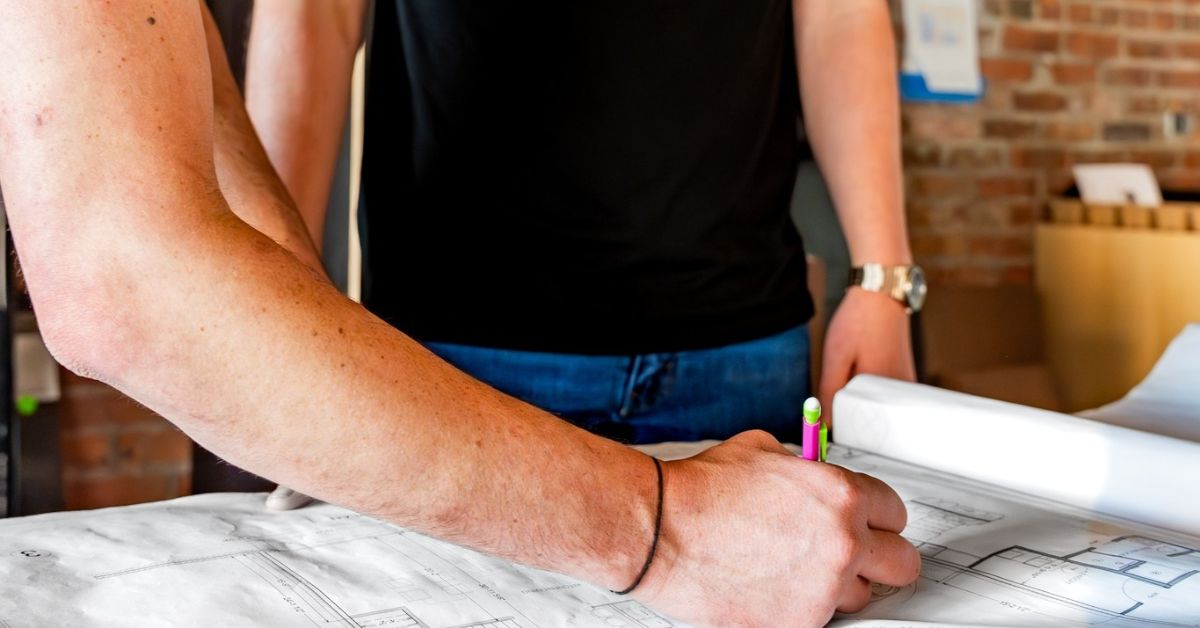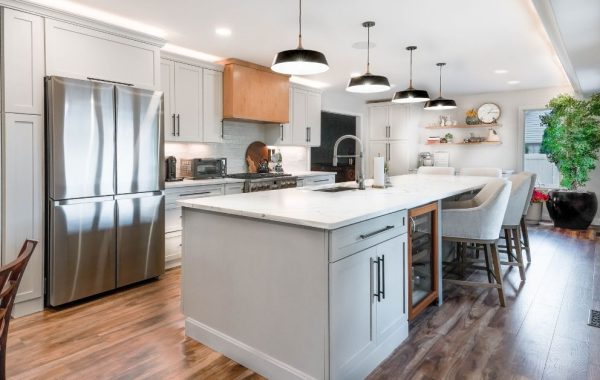
Ways To Improve Commercial Construction Communication
Effective communication is the foundation of any successful commercial construction project. Whether it’s a new office building, a retail space, or an industrial facility, collaboration between clients and contractors is essential. Miscommunication can lead to delays, increased expenses, and weakened expectations.
Establishing clear goals, fostering transparency, and maintaining open lines of communication can significantly enhance project outcomes. Clients and contractors must collaborate to create a seamless and efficient workflow built on trust and mutual understanding.
By following these ways to improve commercial construction communication, both parties can achieve their shared objectives while avoiding common challenges.
Establish Clear Goals and Expectations
Setting clear goals at the start of the project is essential for success. Clients should articulate their vision, while contractors must align with these objectives to ensure a unified approach and that the project is viable. When expectations are clear, all parties can make informed decisions and stay on track.
A detailed project road map eliminates ambiguity, providing clarity to the client and the contractor. Addressing timelines, budgets, and quality standards early on fosters a shared understanding of expectations and the project’s scope. Transparent discussions from the beginning prevent misunderstandings that could derail progress later or increase expenses.
Employ Collaborative Project Management Tools
Utilizing collaborative project management tools offers numerous advantages that streamline complex workflows and facilitating seamless communication:
- Centralized information: Project management platforms organize schedules, blueprints, and progress updates in one place. This centralization reduces the chance of miscommunication and ensures everyone is working with the most up-to-date information.
- Task tracking: Assigning and monitoring tasks becomes straightforward, enabling teams to stay on track and meet deadlines.
- Real-time messaging: Real-time communication features allow users to address urgent issues quickly, preventing delays and resolving problems before they escalate.
- Enhanced collaboration: Project management tools foster teamwork by providing shared spaces for discussions, file sharing, and feedback, making collaborations smoother and more productive.
- Improved transparency: With visibility into progress and performance, stakeholders can better understand the project’s current status, identify risks, and make informed decisions.
Schedule Regular Progress Meetings

Regular meetings help clients and contractors assess a project’s status and address any concerns. These gatherings allow both sides to exchange feedback and adjust plans as needed to meet common goals. Organized check-ins foster strong relationships and reinforce trust, ultimately delivering better results.
Meetings should follow an agenda to ensure productive conversations that cover all important topics. This can include milestones, troubleshooting challenges, or making budgetary adjustments. Regular updates make both sides feel heard, which fosters mutual collaboration.
Promote Transparent Budget Discussions
Open conversations about budgets help clients and contractors align their financial expectations. This means clearly defining what is affordable while staying realistic about project constraints. Financial transparency minimizes disagreements and allows for smoother project execution.
Clients should always be proactive in asking about costs and requesting estimates at different phases. Contractors should provide accurate breakdowns to avoid surprises. Upfront discussions about finances contribute to a conflict-free working relationship.
Create a Shared Glossary of Terms
Understanding can break down when technical terms or jargon remain unclear between clients and contractors. A shared glossary helps bridge this gap, creating consistency in communication. Taking the time to define language ensures everyone stays on the same page and is one of the best ways to improve commercial construction communication.
Clients who are unfamiliar with industry concepts benefit greatly from simplified explanations. Meanwhile, contractors can avoid assumptions by clarifying complex details. Focusing on shared definitions lays the foundation for more effective dialogue throughout the project.
Designate Communication Roles
Assigning dedicated points of contact ensures clarity in communication and reduces the potential for conflicting messages. Clients and contractors benefit from knowing who to turn to for help with specific issues. This approach improves responsiveness and reduces inefficiency caused by misdirected inquiries.
Key roles such as project manager, financial contact, or engineering lead must receive priority designation. Each party should respect the designated channels to ensure a smooth communication flow. Efficient role designation facilitates timely resolutions to challenges.
Utilize Visual Tools for Improved Understanding

Visual tools such as blueprints, renderings, or 3D models help bring the construction vision to life. These tools allow clients to see and understand project progress more clearly. Contractors can also use visuals to explain complex design features accurately.
Collaborative visual aids encourage clearer conversations about preferences and potential changes. Clients and contractors can avoid misinterpretations by referencing the same visual context. When used effectively, these tools become vital instruments for enhancing coordination.
Invest in Preconstruction Planning
Preconstruction planning helps clients and contractors mitigate risks while envisioning the entire project trajectory. This phase presents an opportunity to iron out complexities and eliminate misunderstandings. A detailed preconstruction plan sets the stage for a successful process.
During preconstruction, discussions about site feasibility, permits, and cost analyses encourage productive dialogue. Contractors especially benefit from knowing expectations early, ensuring accurate preparation. Taking the time to plan demonstrates commitment to well-structured project execution.
Always Hire Professionals
Hiring professional commercial construction contractors ensures clients receive guidance from experts. These professionals bring extensive experience to projects, including the ability to manage complex communication challenges. Their approach fosters a working relationship built on reliability and trust.
Experienced contractors understand how to translate client needs into actionable steps while maintaining open dialogue. They have proven processes that enhance collaboration, keeping the project aligned with agreed-upon objectives. Partnering with trusted professionals streamlines the communication experience.
Provide Constructive Feedback
Providing constructive feedback ensures projects remain on track while respecting the communication partnership between parties. Clients should address concerns openly, highlighting specific areas for improvement. This form of dialogue allows contractors to adapt and improve their approach.
Contractors should approach feedback with a solution-oriented mindset that prioritizes the client’s vision and objectives. Open communication fosters mutual respect and creates a space for adapting to evolving project needs. Adaptable feedback systems are essential for a high-functioning client-contract team dynamic.
Fostering an environment of collaboration, adaptability, and respect reduces the likelihood of expensive delays or misunderstandings. Maintaining transparency throughout every phase of the project strengthens the professional bond between all parties involved while ensuring accountability and high-quality outcomes. When clients and contractors invest in building a productive and harmonious relationship, they set the stage for long-term success.



